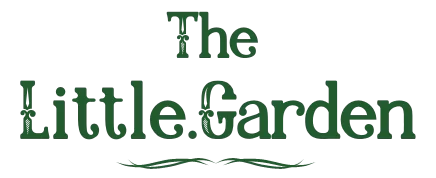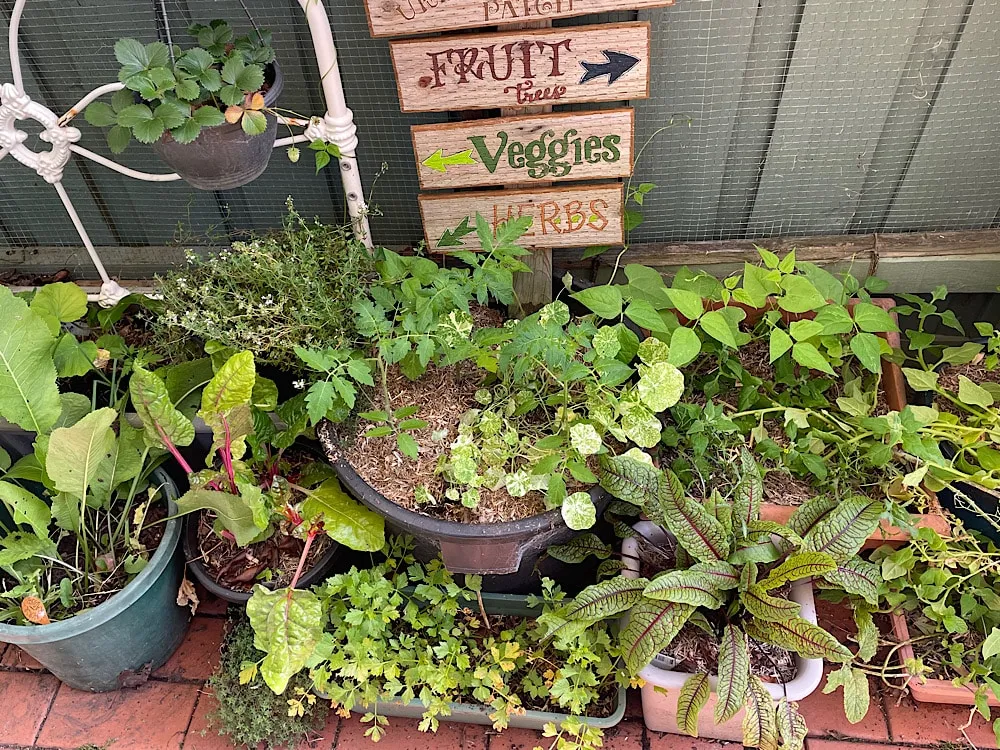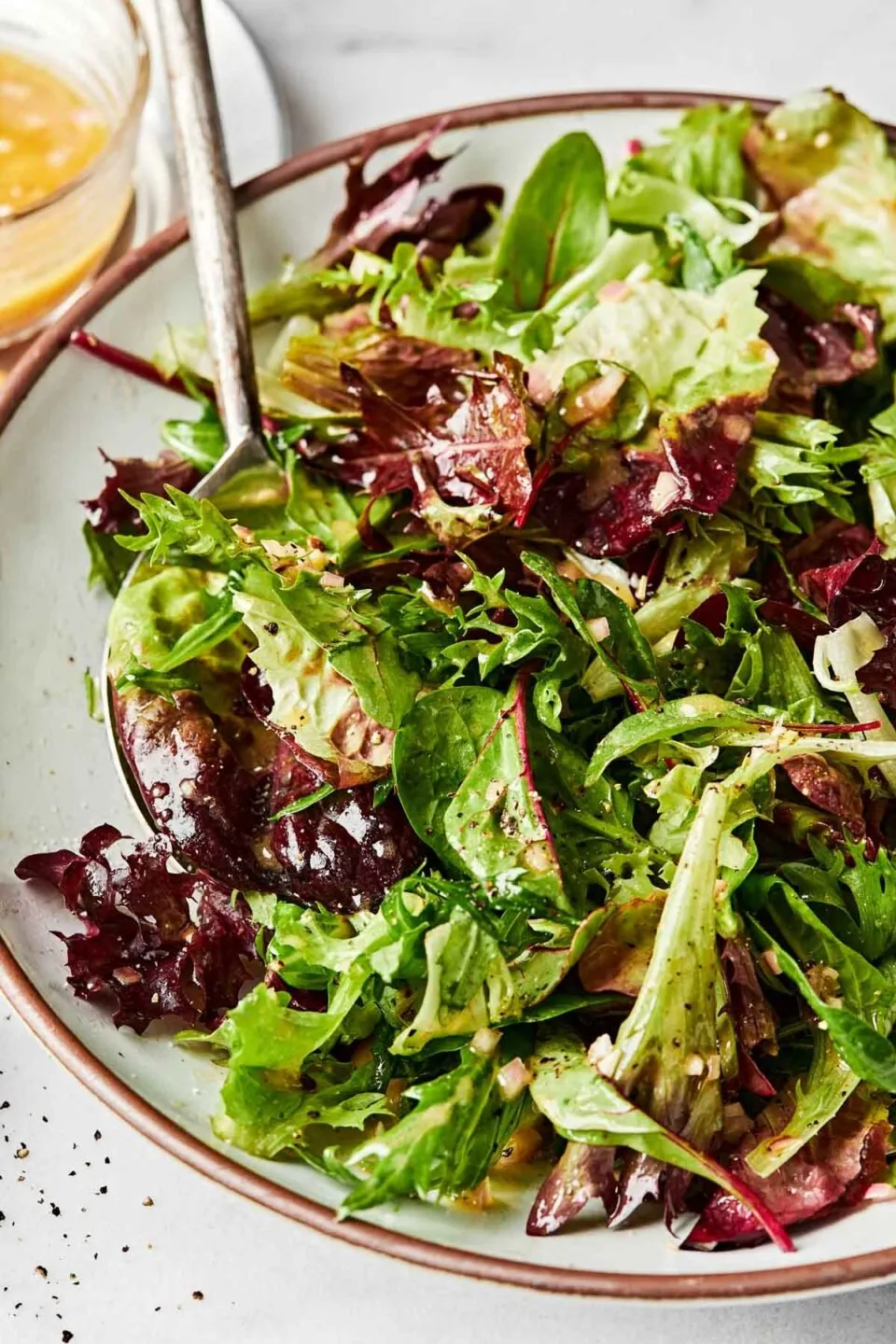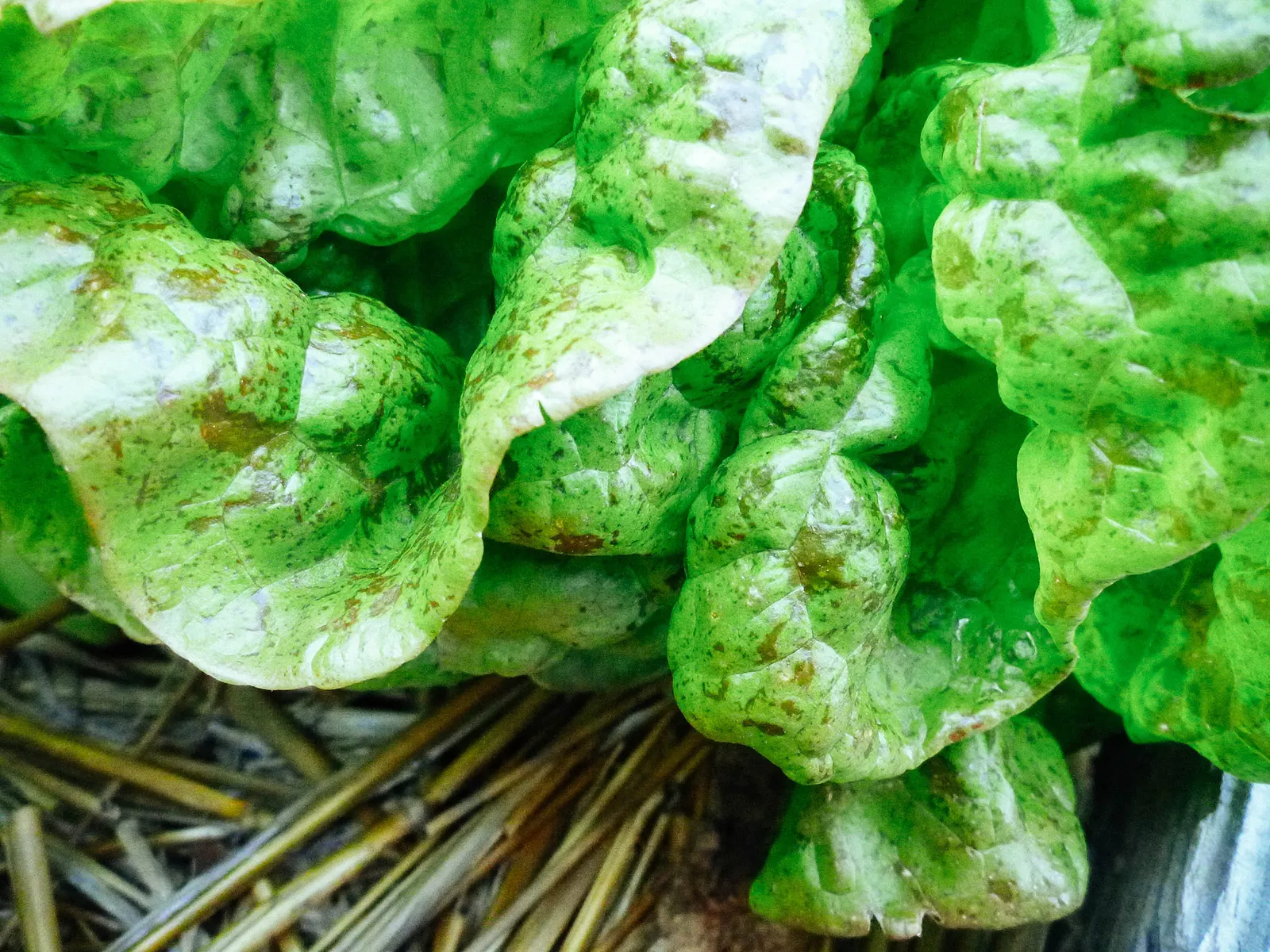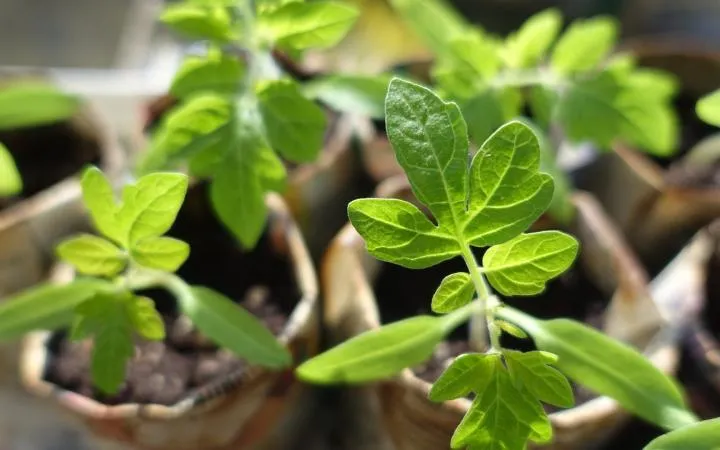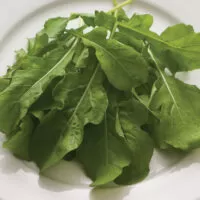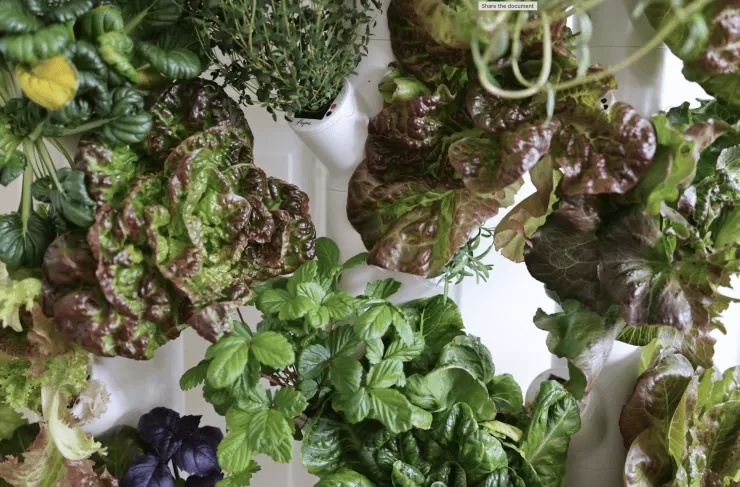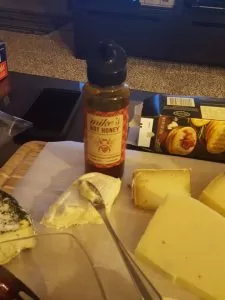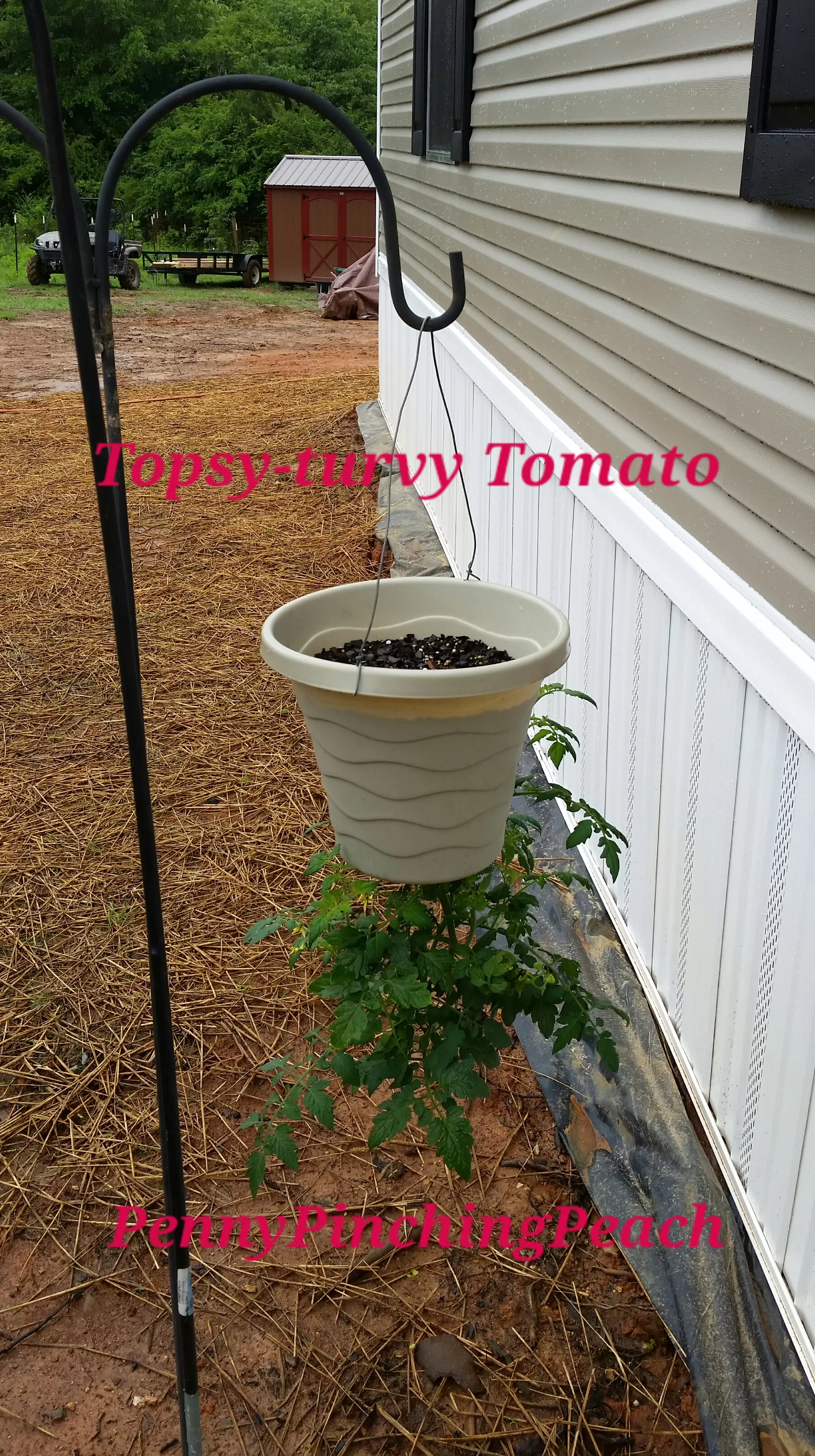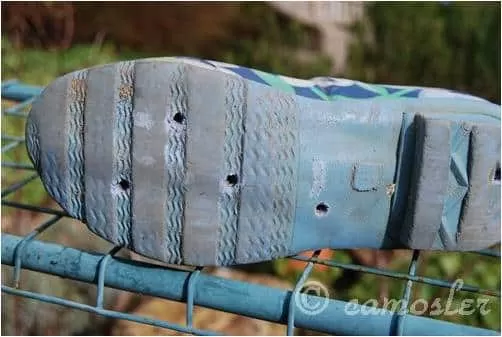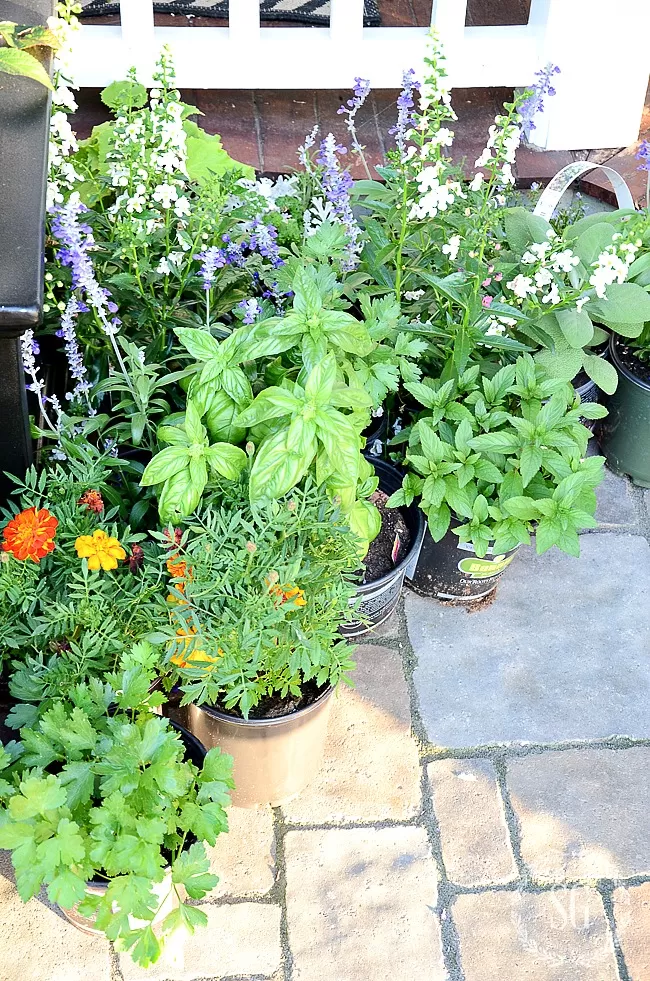- Growing dwarf vegetables in containers is ideal for small spaces like patios, balconies, and urban gardens.
- Container gardening allows for better heat management, crucial for boosting summer harvest yields.
- Selecting dwarf or compact varieties ensures plants stay manageable and productive in pots.
- With the right soil, watering, and sunlight, you can enjoy fresh vegetables right outside your door all summer long.
Welcome to Thelittle.garden! As your guide in the world of home gardening, I’m thrilled to share how you can transform even the smallest sunny spot into a vibrant, productive vegetable patch. My journey into container gardening started years ago, in a small apartment with limited yard space. Armed with just a few pots and a passion for fresh food, I discovered the incredible satisfaction of nurturing plants and harvesting delicious vegetables right outside my door. This experience completely changed my perspective – container gardening isn’t just a compromise; it’s a fantastic way to grow! Today, I want to focus on a particularly rewarding niche: growing dwarf vegetables in containers for summer harvests. These compact powerhouses are perfectly suited for pots, offering generous yields without taking over your space, and many thrive in the summer heat. Let’s dive in and get your summer garden growing!
Contents
- Why Go Dwarf in Containers for Summer?
- Essential Tips for Successful Dwarf Container Gardening
- Choose the Right Container
- Use Quality Potting Mix
- Water Wisely, Especially in Summer
- Feed Your Plants
- Sunlight is Key
- Top Dwarf Vegetables for Bountiful Summer Container Harvests
- Tomatoes
- Peppers
- Bush Beans
- Eggplant
- Carrots
- Beets
- Swiss Chard
- Malabar Spinach
- Okra
- Potatoes (Selected Varieties)
- Maximizing Your Summer Container Harvests
- Ready to Grow?
Why Go Dwarf in Containers for Summer?
Growing vegetables in pots offers undeniable advantages, especially when space is limited or soil conditions are poor. For summer harvests, containers shine because they warm up faster in spring, giving heat-lovers a head start. During peak summer, you can strategically move pots to optimize sun exposure or provide a little afternoon shade if needed. Choosing dwarf varieties amplifies these benefits.
- Space Efficiency: Dwarf plants are bred to be compact, fitting perfectly in smaller pots and tighter spaces. You can grow more variety in a confined area.
- Manageable Size: Less sprawling means less staking, pruning, and general fuss. Ideal for busy gardeners or those new to the hobby.
- Quicker Harvests: Many dwarf varieties are also earlier maturing than their full-sized counterparts, meaning you get to enjoy that delicious summer produce sooner and potentially have time for succession planting.
- Perfect for Heat: Many popular summer vegetables (like tomatoes, peppers, and eggplant) have excellent dwarf or patio varieties that are well-suited to the heat retention of containers.
Essential Tips for Successful Dwarf Container Gardening
Before we look at specific vegetables, here are some golden rules for getting the most out of your potted mini-garden, especially for summer:
Choose the Right Container
Size matters! While dwarf plants are small, their root systems still need adequate space. A pot that’s too small dries out too quickly in summer heat and restricts growth. Aim for pots at least 8-10 inches in diameter for smaller plants and 12+ inches for larger ones like dwarf tomatoes or peppers. Ensure containers have drainage holes. Terra cotta looks great but dries out fast; plastic retains moisture better.
Use Quality Potting Mix
Don’t use garden soil; it compacts in pots. Use a lightweight, well-draining potting mix specifically designed for containers. A good mix provides aeration for roots and retains moisture while allowing excess water to escape.
Water Wisely, Especially in Summer
Container plants dry out much faster than in-ground plants, especially in the summer sun and heat. Check soil moisture daily (or even twice daily during heatwaves) by sticking your finger about an inch deep. Water thoroughly until water drains from the bottom. Consistent moisture is key; erratic watering can lead to issues like blossom end rot in tomatoes and peppers. Using saucers underneath can catch overflow but shouldn’t be left full of water for extended periods.
Feed Your Plants
Potting mix contains nutrients, but plants in containers use them up quickly as they grow and are watered. Begin feeding your plants with a balanced liquid fertilizer about 2-4 weeks after planting, following the product instructions. For flowering and fruiting plants, switch to a fertilizer higher in phosphorus once they start blooming to encourage harvests.
Sunlight is Key
Most summer vegetables, including dwarf varieties, need at least 6-8 hours of direct sunlight per day for optimal growth and fruit production. Place your containers in the sunniest spot you have!
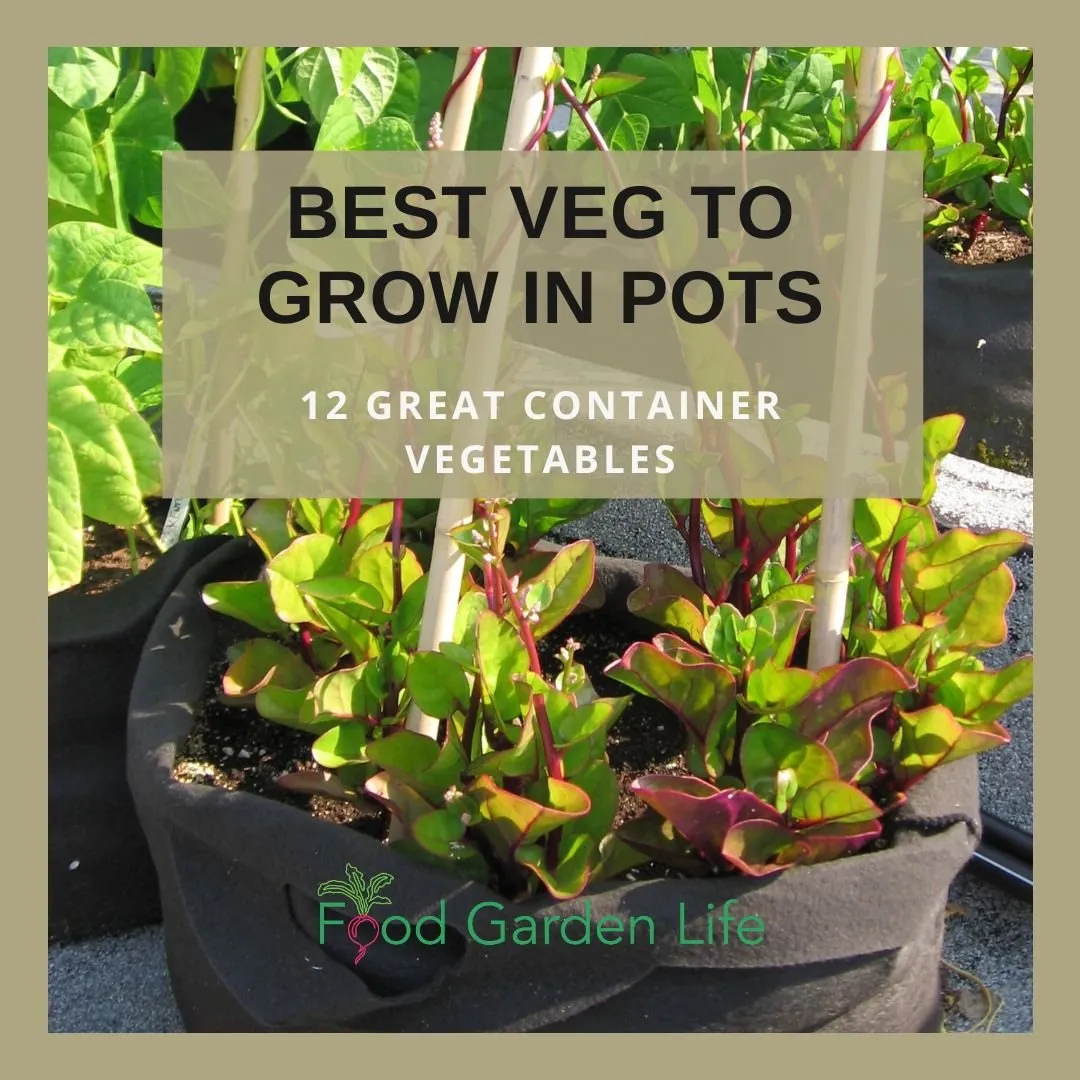 Header image featuring Malabar spinach and other container vegetables, perfect for warm-season growing in pots.
Header image featuring Malabar spinach and other container vegetables, perfect for warm-season growing in pots.
Top Dwarf Vegetables for Bountiful Summer Container Harvests
Here are some fantastic dwarf and compact vegetable varieties well-suited for containers and ready to produce for you throughout the summer.
Tomatoes
While many tomato varieties sprawl, dwarf and determinate (bush) types are perfect for pots. Look for names like ‘Patio Princess’, ‘Tiny Tim’, ‘Micro-Tom’, or the ‘House’ tomato mentioned in the original article. These stay compact and often produce a heavy crop all at once, ideal for a summer bounty.
- Scientific Name: Solanum lycopersicum
- Common Name: Tomato
- Zone: Typically grown as an annual in zones 2-10. Perennial in zones 10-11.
- Light: Full sun (6-8+ hours direct sunlight daily).
- Humidity: Moderate. Good air circulation is important to prevent fungal diseases.
- Water: Consistent moisture is crucial. Water when the top inch of soil feels dry, ensuring soil remains evenly moist but not waterlogged.
 A compact dwarf tomato plant laden with ripening red fruits, growing in a container on a rooftop garden.
A compact dwarf tomato plant laden with ripening red fruits, growing in a container on a rooftop garden.
Peppers
Peppers, both sweet and hot, absolutely love heat, making them prime candidates for sunny containers in summer. Many pepper varieties naturally have a bushy, compact habit ideal for pots.
- Scientific Name: Capsicum annuum (most common types), Capsicum chinense, Capsicum frutescens, etc.
- Common Name: Pepper (Sweet, Bell, Jalapeño, Cayenne, etc.)
- Zone: Typically grown as an annual in zones 2-9. Perennial in zones 10-11.
- Light: Full sun (6-8+ hours direct sunlight daily).
- Humidity: Moderate. Appreciates slightly higher humidity but good airflow is important.
- Water: Keep soil consistently moist, but not waterlogged. Water thoroughly when the top inch of soil is dry.
 A healthy pepper plant grown in a pot, covered in developing green and red peppers, showcasing a successful container harvest.
A healthy pepper plant grown in a pot, covered in developing green and red peppers, showcasing a successful container harvest.
Bush Beans
While pole beans need vertical support, bush bean varieties are self-supporting and grow into compact mounds, perfect for filling space in larger containers or growing in smaller pots. They produce quickly, offering tasty summer snap beans.
- Scientific Name: Phaseolus vulgaris
- Common Name: Bush Bean
- Zone: Typically grown as an annual in zones 2-10.
- Light: Full sun (6-8+ hours direct sunlight daily). Can tolerate very light shade.
- Humidity: Moderate.
- Water: Consistent watering is essential, especially during flowering and pod development. Avoid overhead watering to reduce disease risk.
Eggplant
Eggplant thrives in warm conditions and is a stellar choice for a sunny container. Many varieties are naturally compact or have “patio” versions bred for pots. Their attractive foliage and purple or white fruits add ornamental value too.
- Scientific Name: Solanum melongena
- Common Name: Eggplant
- Zone: Typically grown as an annual in zones 2-10. Perennial in zones 9-11.
- Light: Full sun (8+ hours direct sunlight daily). Absolutely loves heat.
- Humidity: Moderate to high.
- Water: Keep soil consistently moist. Avoid drying out, especially when fruits are forming.
 A flowering eggplant plant with developing purple fruit, perfect for growing in containers in a sunny spot during summer.
A flowering eggplant plant with developing purple fruit, perfect for growing in containers in a sunny spot during summer.
Carrots
Even root vegetables can be container stars! While long carrots need deep pots, round or short-rooted varieties like ‘Paris Market’ are ideal for shallower containers. Carrots are great for continuous harvest by sowing seeds every few weeks in summer.
- Scientific Name: Daucus carota subsp. sativus
- Common Name: Carrot
- Zone: Typically grown as an annual in zones 2-10. Biennial in zones 4-10.
- Light: Full sun (6-8 hours daily) or partial shade (at least 4 hours direct sun). Partial shade can be beneficial in hot summer climates.
- Humidity: Moderate.
- Water: Consistent moisture is needed for tender roots. Avoid letting the soil dry out completely, which can cause cracking or tough roots.
 Close-up of small, round 'Paris Market' carrots growing in soil, ideal for harvesting from smaller containers.
Close-up of small, round 'Paris Market' carrots growing in soil, ideal for harvesting from smaller containers.
Beets
Similar to carrots, beets can be grown in containers for both their roots and their edible greens. Varieties like ‘Bulls Blood’ are particularly prized for their colourful foliage, making them a dual-purpose beauty for your summer container display.
- Scientific Name: Beta vulgaris
- Common Name: Beet
- Zone: Typically grown as an annual or biennial in zones 2-10.
- Light: Full sun (6-8 hours daily) or partial shade (at least 4 hours direct sun). Partial shade helps prevent bolting in hot summer weather.
- Humidity: Moderate.
- Water: Keep soil consistently moist for tender roots and greens.
Swiss Chard
For leafy greens that won’t bolt in summer heat like lettuce or spinach, Swiss Chard is your champion! It’s incredibly heat-tolerant, comes in stunning colours, and provides a continuous harvest of nutritious leaves throughout the summer and into fall.
- Scientific Name: Beta vulgaris subsp. vulgaris
- Common Name: Swiss Chard
- Zone: Typically grown as an annual or biennial in zones 2-10. Perennial in zones 8-10.
- Light: Full sun (6-8 hours daily) or partial shade (at least 4 hours direct sun). Performs well in partial shade during hot summers.
- Humidity: Moderate.
- Water: Keep soil consistently moist. Chard is relatively tolerant of less-than-perfect watering but performs best with steady moisture.
 Vibrant Swiss chard plants with colourful stems growing in containers, showing their suitability as an easy-to-grow leafy summer vegetable.
Vibrant Swiss chard plants with colourful stems growing in containers, showing their suitability as an easy-to-grow leafy summer vegetable.
Malabar Spinach
Looking for a heat-loving spinach substitute? Malabar spinach isn’t true spinach but thrives in summer heat when traditional spinach wilts. It’s a vining plant, but can be grown to trail over the sides of a container or given a small support.
- Scientific Name: Basella alba (green stems) or Basella rubra (red stems)
- Common Name: Malabar Spinach
- Zone: Typically grown as an annual in zones 7-11. Perennial in zones 9-11.
- Light: Full sun (6-8+ hours daily) or partial shade. Tolerates heat and humidity well.
- Humidity: High. Prefers warm, humid conditions.
- Water: Keep soil consistently moist. Does not tolerate drying out.
 Lush Malabar spinach leaves and stems growing in a container, illustrating its heat tolerance and suitability for potted vegetable gardens.
Lush Malabar spinach leaves and stems growing in a container, illustrating its heat tolerance and suitability for potted vegetable gardens.
Okra
Another heat enthusiast! Okra is a striking plant with beautiful flowers and unique pods. While it can get tall, some varieties are more compact, and growing it in a container can help manage its size. It absolutely loves hot summer conditions.
- Scientific Name: Abelmoschus esculentus
- Common Name: Okra
- Zone: Typically grown as an annual in zones 3-10. Perennial in zones 9-11. Needs significant heat to thrive.
- Light: Full sun (8+ hours direct sunlight daily).
- Humidity: Moderate to high.
- Water: Needs consistent moisture, especially once flowering begins. Water deeply and regularly.
 Bright red-podded okra growing on a plant, showcasing its ornamental appeal and potential for container growing in warm climates.
Bright red-podded okra growing on a plant, showcasing its ornamental appeal and potential for container growing in warm climates.
Potatoes (Selected Varieties)
While not strictly “dwarf,” some potato varieties and specific container methods make them suitable for pots. Using pots with side access allows for “stealing” new potatoes throughout the summer without digging up the entire plant. Start with a few seed potatoes in a large container, covering them with just a few inches of soil. As the plant grows, keep adding soil or compost to “earth up” the stems, where new potatoes will form.
- Scientific Name: Solanum tuberosum
- Common Name: Potato
- Zone: Typically grown as an annual in zones 3-10. Perennial in zones 8-10.
- Light: Full sun (6-8 hours daily).
- Humidity: Moderate. Good air circulation is important.
- Water: Needs consistent moisture, especially when tubers are forming. Avoid soggy conditions.
 A specially designed potato pot with cut-out windows for easy harvesting, demonstrating an effective method for growing potatoes in containers.
A specially designed potato pot with cut-out windows for easy harvesting, demonstrating an effective method for growing potatoes in containers.
Maximizing Your Summer Container Harvests
Growing in containers means you are the sole provider of nutrients and water. Stay vigilant about watering, especially during hot, dry spells. Regularly fertilize with a dilute liquid feed to keep plants productive. Harvest vegetables frequently – this encourages many plants to produce more. Picking bush beans, peppers, and tomatoes regularly is key to a long and bountiful summer harvest. Watch for pests and diseases, which can sometimes spread quickly in confined container spaces, and address issues promptly.
 A lush rooftop garden filled with various vegetables growing in containers, illustrating the potential for urban gardening and container growing success.
A lush rooftop garden filled with various vegetables growing in containers, illustrating the potential for urban gardening and container growing success.
Ready to Grow?
Growing dwarf vegetables in containers for summer harvests is a rewarding way to enjoy fresh, homegrown produce, no matter how much space you have. By selecting suitable varieties, providing the right conditions, and staying attentive to their needs, you can look forward to plucking delicious vegetables from your pots all season long.
Do you have favorite dwarf varieties or container gardening tips for summer harvests? Share your experiences in the comments below! If you found this guide helpful, please share it with your fellow garden enthusiasts. And explore more content on Thelittle.garden to discover new ways to make your garden dreams blossom!
